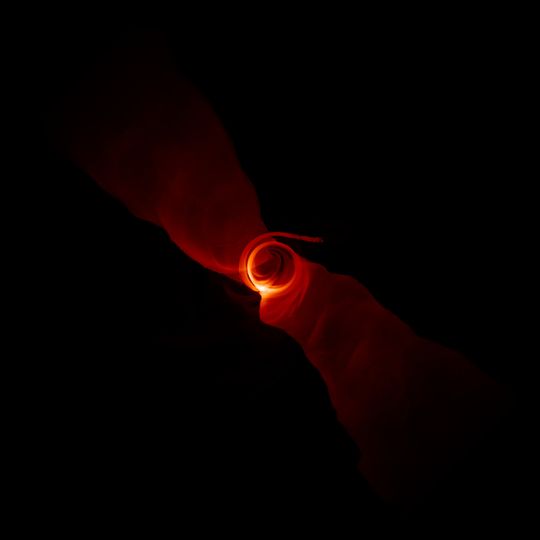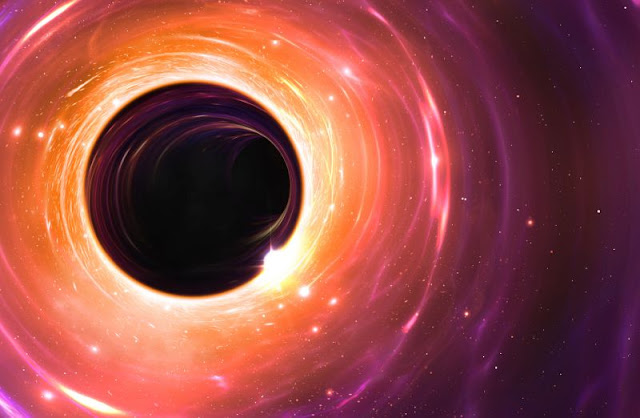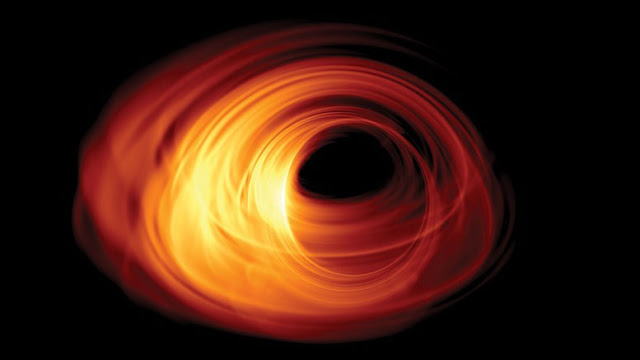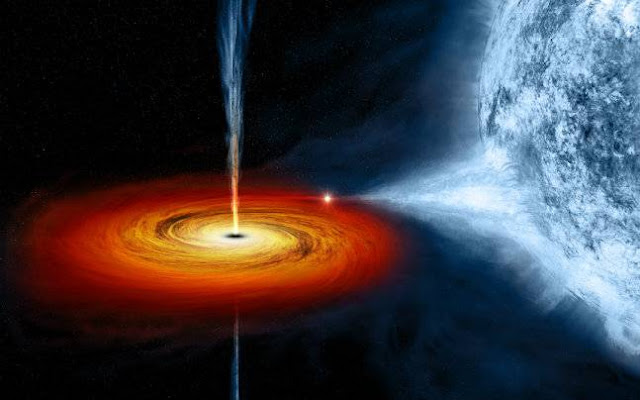Did the scientists manage to take pictures of black holes? We will find out this week.
The Event Horizon Telescope (EHT) project, a global network of telescopes working together to capture the first black hole image, held six news conferences simultaneously on Wednesday "to announce the results of the breakthrough.
With scheduled press events in Washington DC, Brussels, Santiago, Chile, Shanghai, Taipei, Taiwan and Tokyo, it's possible that scientists have something big to show us.
The 2017 effort to capture black hole images is global, utilizing eight observatories from around the world, including two in Chile, two in Hawaii and one each in Spain, Mexico, Arizona and Antarctica.
Working together, they effectively make the Earth a giant space eye.
"This capability will open a new window on the study of general relativity in a strong field regime, the accretion process and the outflow at the edge of the black hole, the existence of event horizons, and fundamental black hole physics," the EHT website said.
Black holes are places in space where gravity attracts so much that light cannot escape. Gravity is very strong because the material has been squeezed into a small space. This can happen when the star is dying. Because there is no light that can come out, people cannot see black holes. They are not visible. Space telescopes with special tools can help find black holes. NASA
If scientists have pictures of black holes to show on Wednesday, that would be the first visual evidence that they existed after decades of speculation, theory and indirect observation.
Black Hole Event Horizon Photo
Black holes are areas where matter has been destroyed by gravity into countless small spaces where the normal laws of physics are no longer valid.
While no one can escape the gravitational vortex of the black hole - even the gas of light and radiation that rages in the vortex revolves around the edge of the cliff.
This is the irreversible gap of the turning point, called the Horizon Event, which astronomers are trying to observe for the first time.










